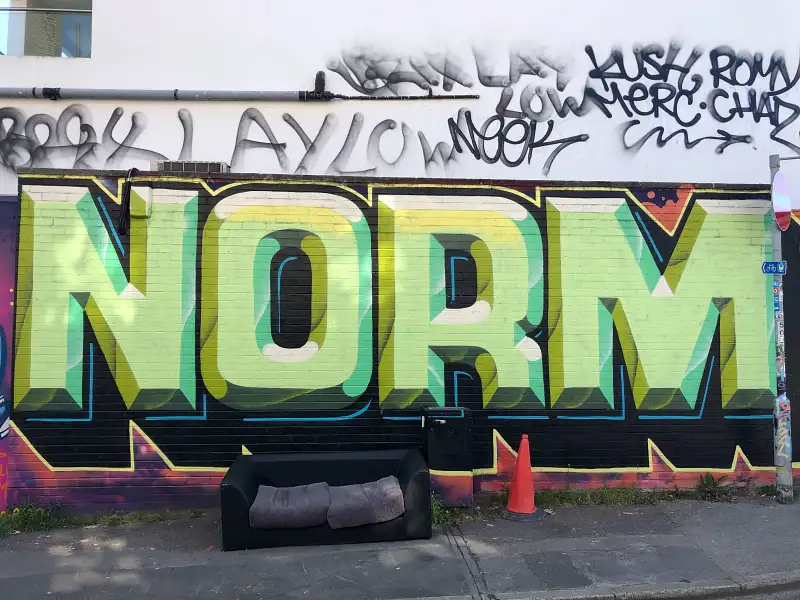Table of Contents
- The Concept of Normalization
- Mechanisms of Normalization
- The Role of Power in Normalization
- Normalization and Identity
- Normalization in Everyday Life
- Implications of Normalization
- Resistance to Normalization
- The Future of Normalization
- Conclusion
Normalization, a concept deeply embedded in sociological discourse, refers to the processes through which ideas, behaviors, and norms become established and accepted as “normal” within a society. This phenomenon influences various aspects of social life, from everyday interactions to institutional practices. Understanding normalization involves examining how power, culture, and social structures interact to shape what is considered normative. This article provides an in-depth overview of normalization, its mechanisms, and its implications for social life.
The Concept of Normalization
Normalization is a process whereby certain practices, behaviors, and ideas are made to appear natural and self-evident. It involves the establishment of norms that guide social behavior and thought. Norms are the unwritten rules that govern our actions and interactions, shaping what is seen as acceptable or unacceptable. Normalization works through these norms, embedding them so deeply within the social fabric that they often go unquestioned.
Michel Foucault, a key figure in the study of normalization, argued that it is a mechanism of power. He suggested that normalization operates through various institutions, such as schools, hospitals, and the legal system, which discipline individuals and ensure conformity to societal expectations. Foucault’s work highlights how normalization is not just about social order but also about the exercise of power over individuals and groups.
Mechanisms of Normalization
Normalization occurs through multiple mechanisms, including socialization, institutional practices, and cultural representation. Socialization, the process through which individuals learn and internalize societal norms, begins early in life and continues throughout one’s lifespan. Family, education, peer groups, and media are primary agents of socialization, each playing a significant role in teaching what is considered normal.
Institutional practices further reinforce normalization. Institutions such as schools, workplaces, and legal systems establish and enforce norms through rules, policies, and practices. For example, educational systems normalize certain behaviors through curricula, dress codes, and disciplinary measures. Similarly, workplaces enforce norms through codes of conduct and performance evaluations.
Cultural representations, including media, literature, and art, also play a crucial role in normalization. These representations shape our perceptions of reality by portraying certain behaviors, identities, and values as normal. Media, in particular, has a powerful influence on normalization by repeatedly presenting specific images and narratives that reinforce societal norms.
The Role of Power in Normalization
Normalization is intrinsically linked to power dynamics. Those who hold power within a society often have the ability to define what is considered normal. This can be seen in various historical and contemporary contexts, where dominant groups establish norms that marginalize or exclude others. For example, norms around gender, race, and sexuality are often dictated by dominant groups, leading to the marginalization of those who do not conform to these norms.
Foucault’s concept of biopower illustrates how power operates through normalization. Biopower refers to the regulation of populations through norms and practices that control bodies and behaviors. This form of power is exercised through institutions and practices that promote health, hygiene, and productivity, thereby normalizing certain ways of living. Biopower highlights how normalization is not just about conformity but also about the regulation of life itself.
Normalization and Identity
Get the full article AD FREE. Join now for full access to all premium articles.
View Plans & Subscribe Already a member? Log in.





